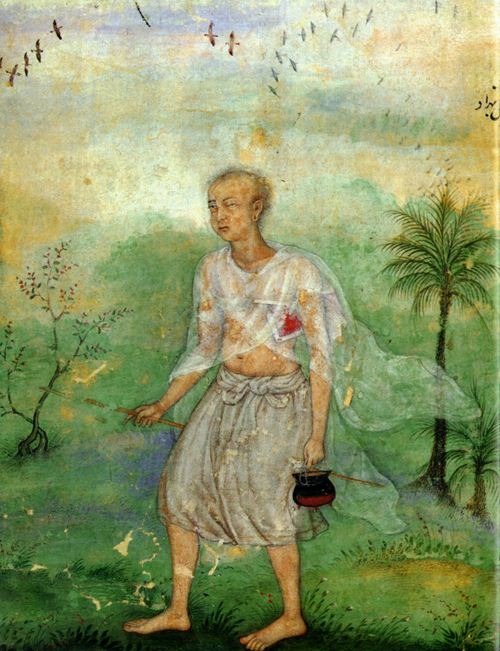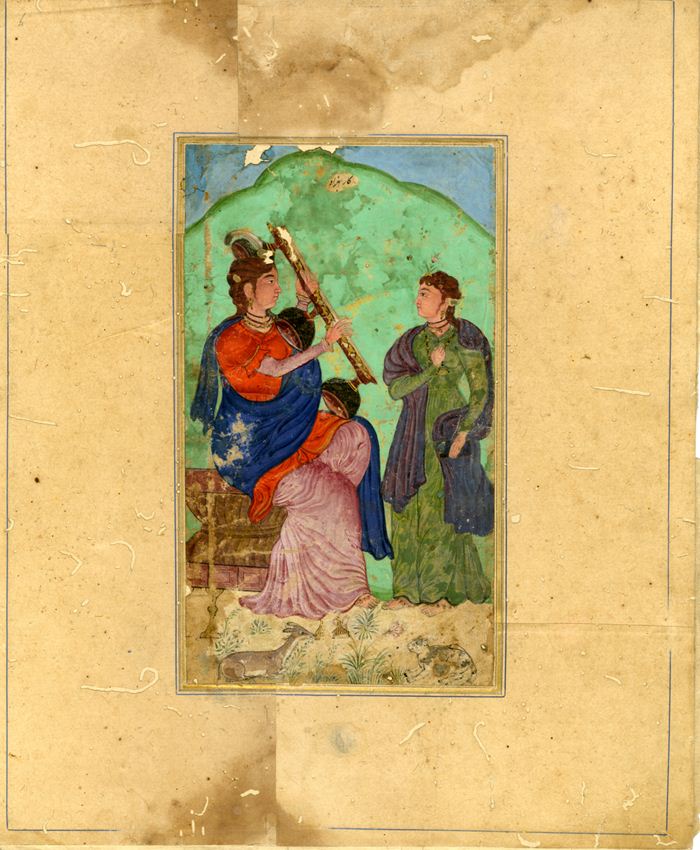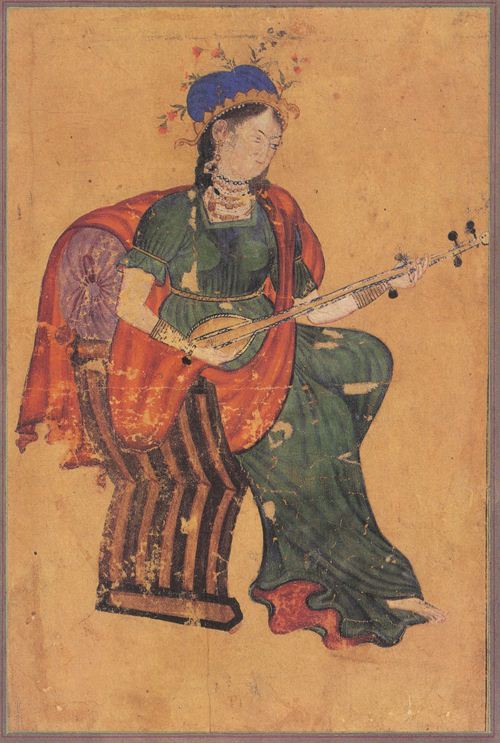NOT ONLY ONE USTAD BEHZAD,
WEST NOT FAMILIAR WITH BEHZAD LAHORI
In search of a lost painter

A very impressive Western connoisseurship has gone down the drains. We saw a catalogue of Sothebys, for instance and it listed a number of people standing and their names were written on it. It said various names and added the affix Shahjahanabadi with it. The commentator had written that they were all related to each other for they all had same Sir names. We could laugh only. Shahjahanabad is name of the city founded by Shah Jahan, that is the Delhi and Agra complex in one. Similar basic mistakes appear again and again. Lost the ability to look like locals and locals lost the ability to look at all. Some common sense about ourselves only we have and the world is forewarned about it.
One relates to the artist Behzad. We are so familiar with the great Ustad Behzad, that if we see the name anywhere else, we think of it as someone trying to forge a work in the name of the great Master. Not always so, indeed. The Iranians boasted of a most famous modern Behzad of their own. We also have a Behzad Lahori and there are few paintings we can calmly claim to be his own. The Jain Miniature is not by Ustad Sheikh Basawan but by Behzad Lahori, and many have mistaken this as a wrong attribution. Not so. There are miniatures of European women which are linked to the brush of Behzad Lahori. The Darab-nama in the British Museum is also one of them. We have tried to give you some visuals of same.

Who was Behzad Lahori? This takes us to the Mussavari khana in Lahore Fort and Khawaja Abdul Samad, one of the pioneers of Mughal Art in our region. Abdul Samad brought two young sons with him when he came to Lahore from Kabul. One was Khawajah Shareef and the other was Behzad Mussavar. Khawajah Shareef was a great scholar and poet having the takhallus ‘Farsi’ as his poetic name. Stray manuscripts carry his name. The same goes for Behzad Lahori, who was reared up and lived his life in Lahore, and later died here at a young age. He was first brought to our notice by one of the greatest Persian scholar of Pakistan, Hafiz Mahmud Khan Shairani. Professor Shairani pointed out that this painter was definitely of this region and was the son of Khawajah Abdul Samad. Professor Shairani who had seen the Darab nama in the British Museum itself, spelled it in clear terms. This was later certified by the famous Western Scholar Dr Laurence Binyon, who said:
“A not very distinguished group in the sixteenth century Indian Darab Namah at the British Museum, London, bears the inscription, that the work of Behzad was corrected by Khawajah Abdul Samad.”
Other paintings of Behzad are found in the Changez nama in the Bankipur library, Patna. So the presence of Ustad Behzad Lahori is felt here and there. But the wonderful portrait of a Jain monk in a Lahori setting is obviously one of his masterpieces. More work needs to be done on him.


Will Lahore eat up the Art historians? Such allergy is so unnatural and so unrealistic. So unprofessional. We are Lahoris, beware! Lest you are wiped out of the world of scholarship.